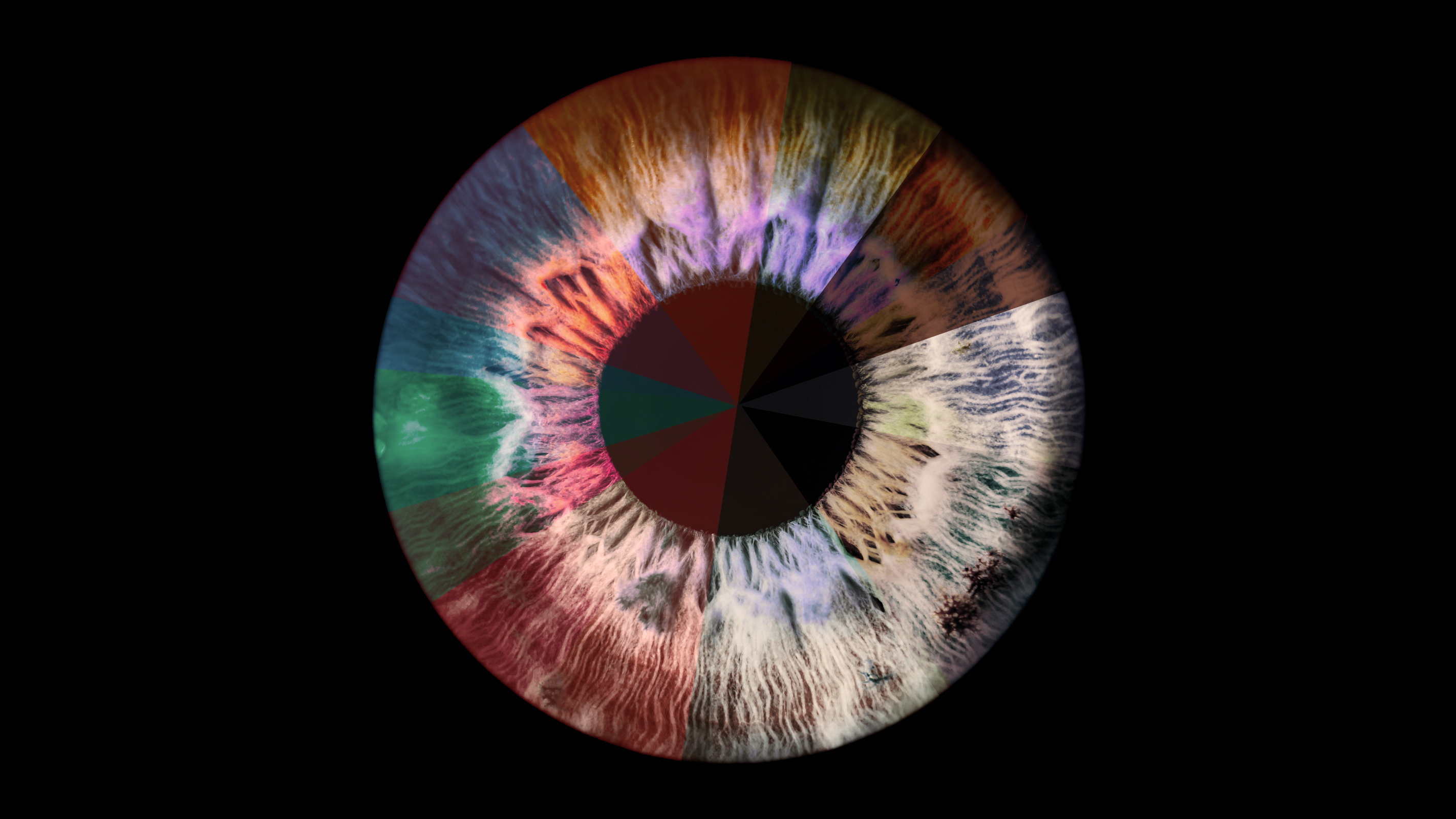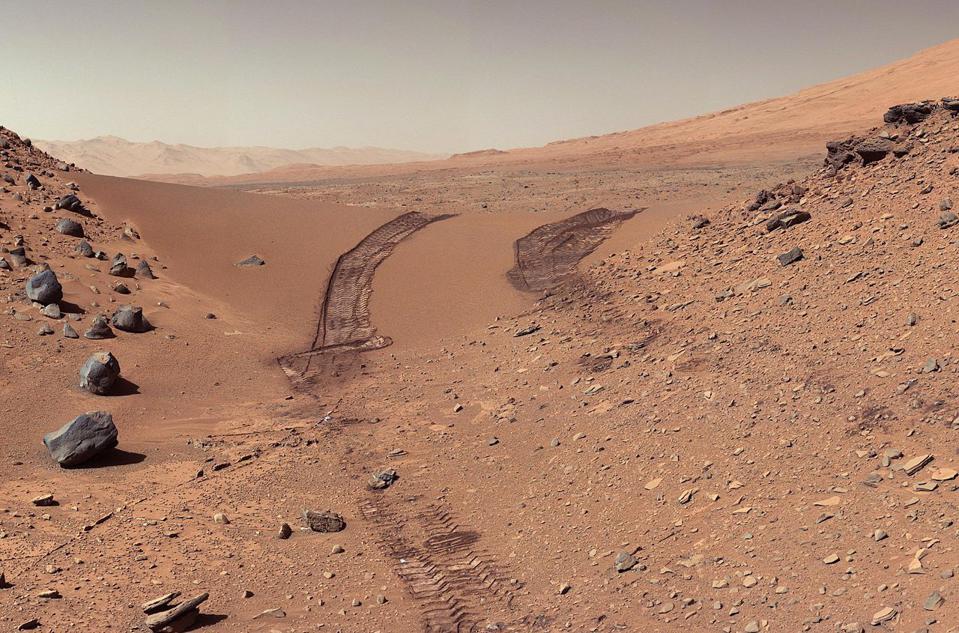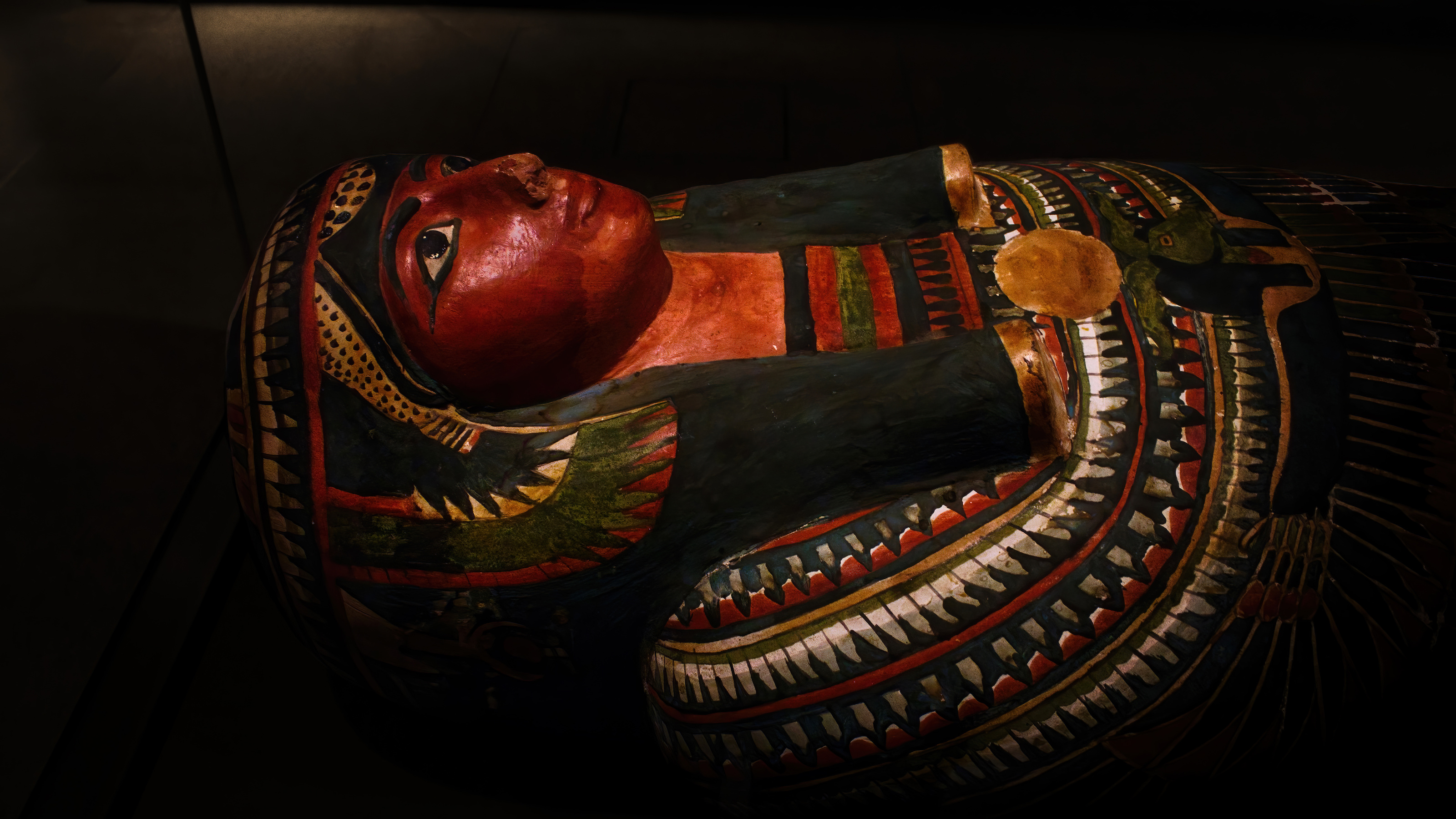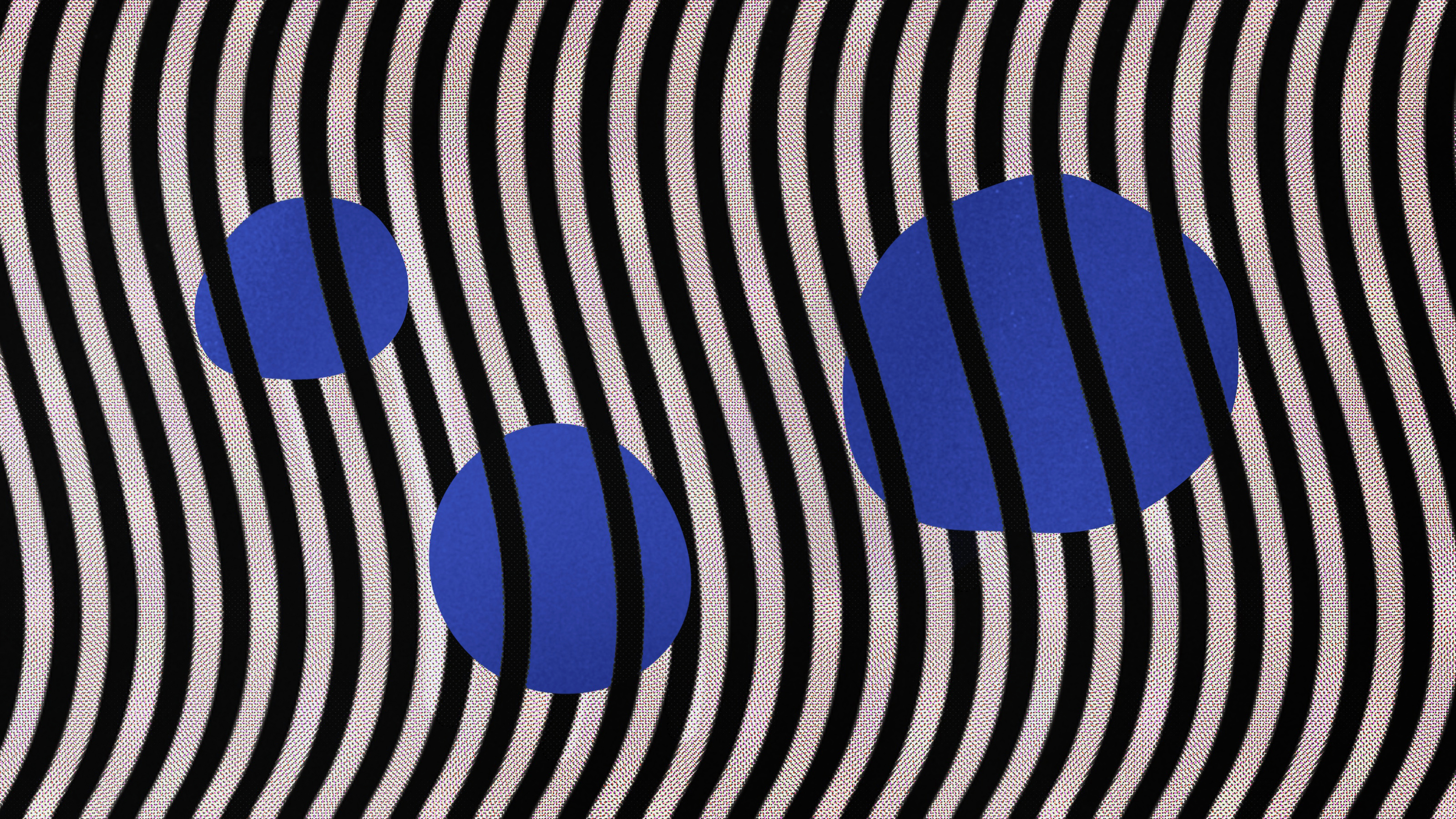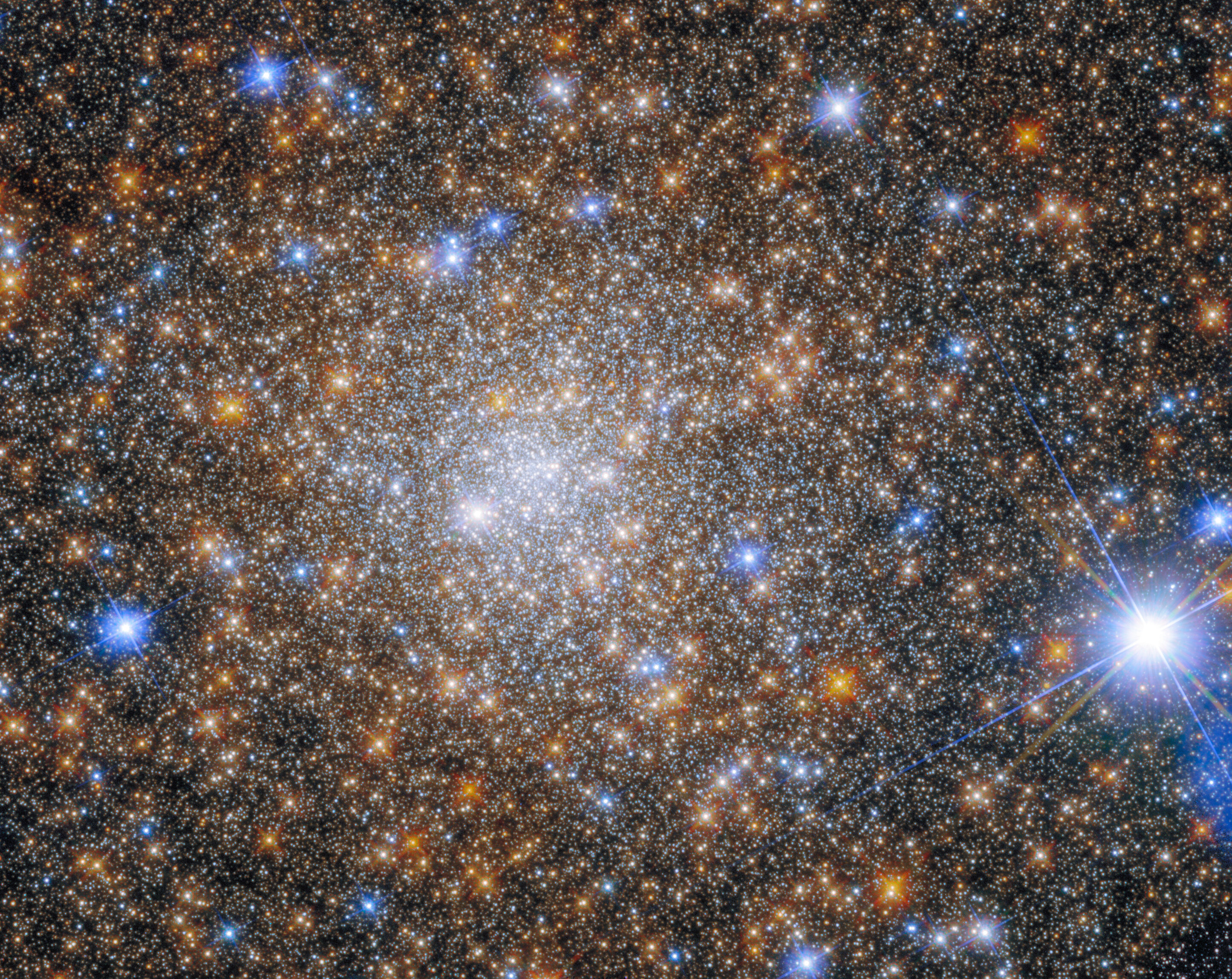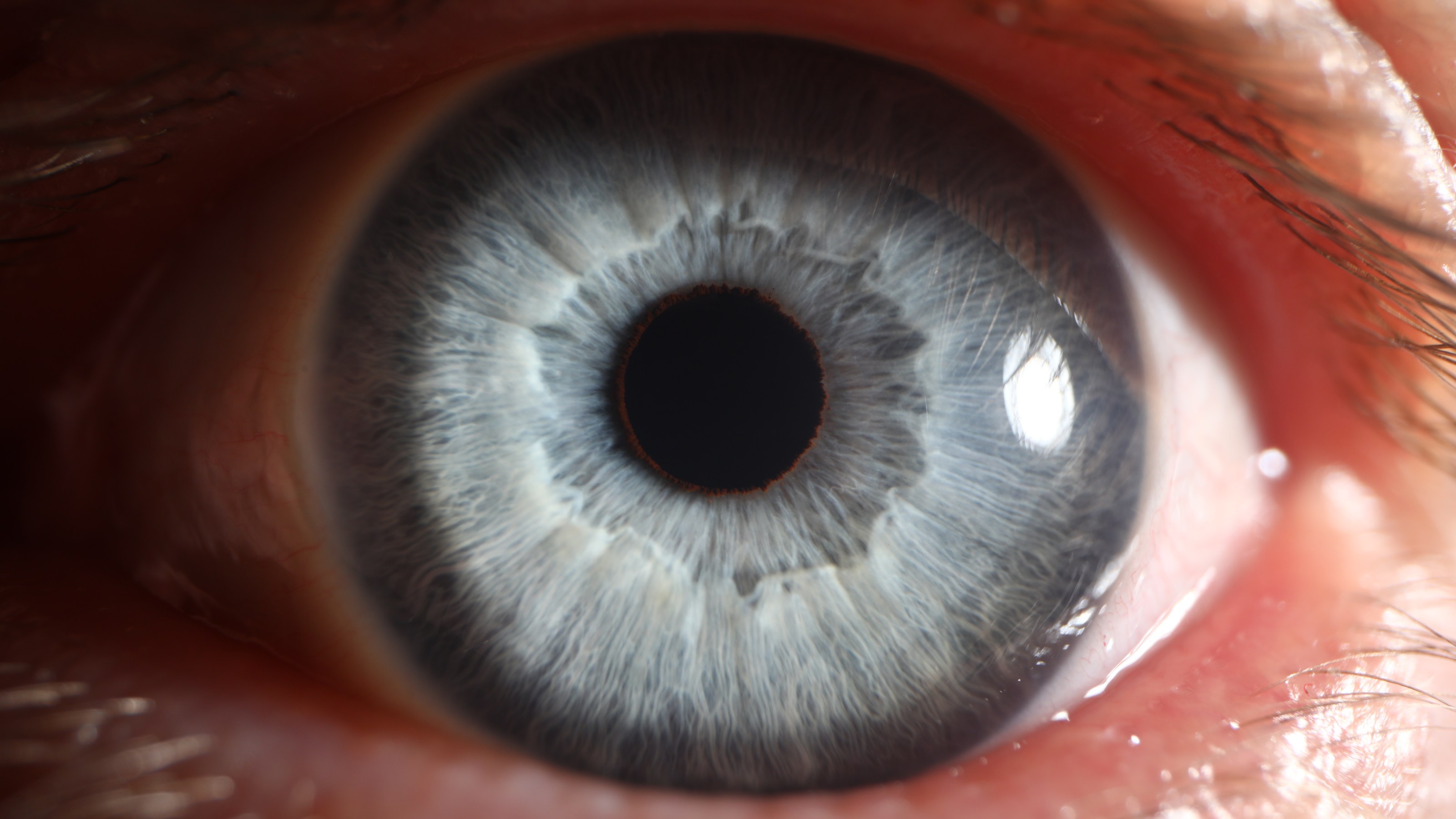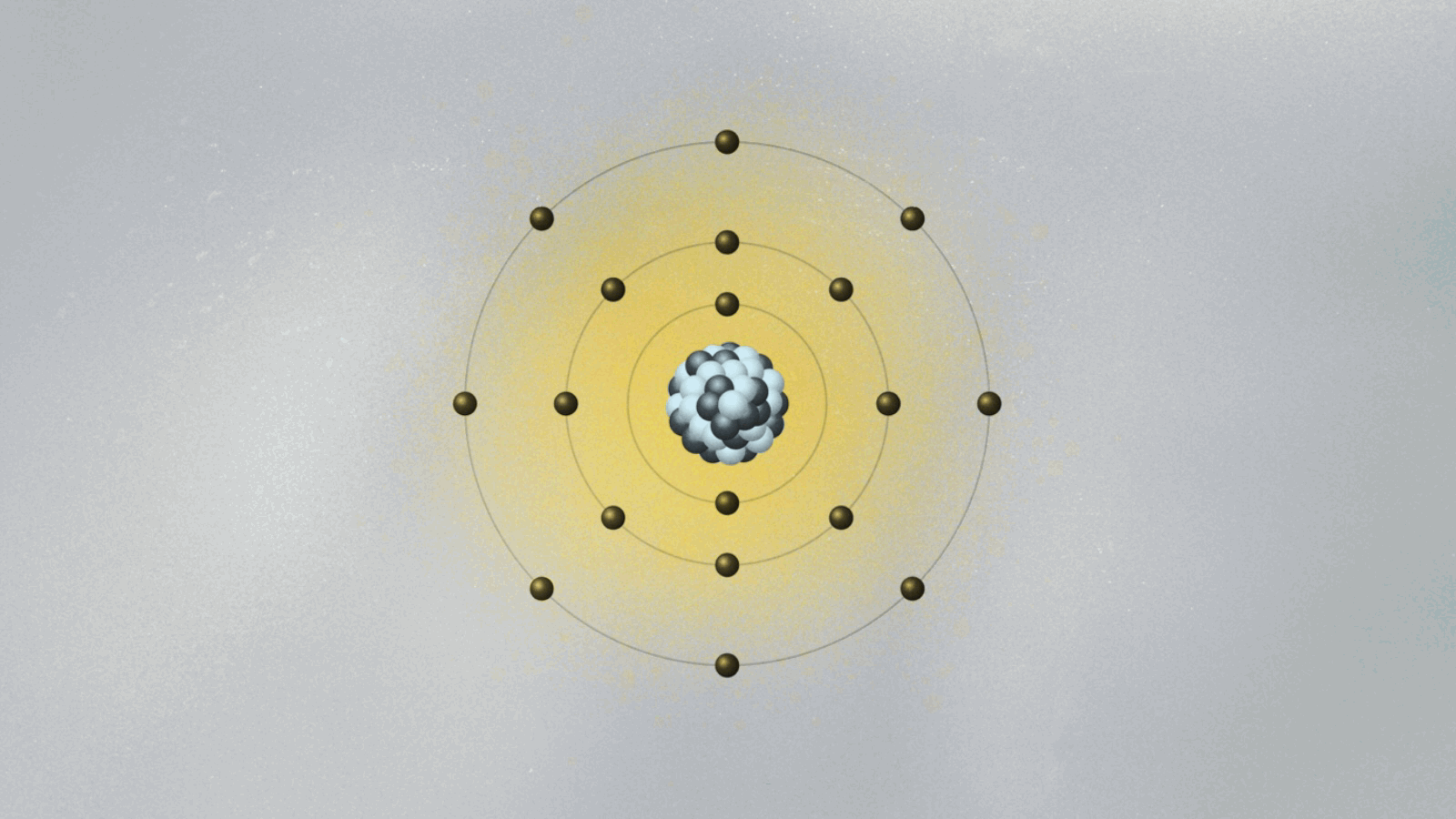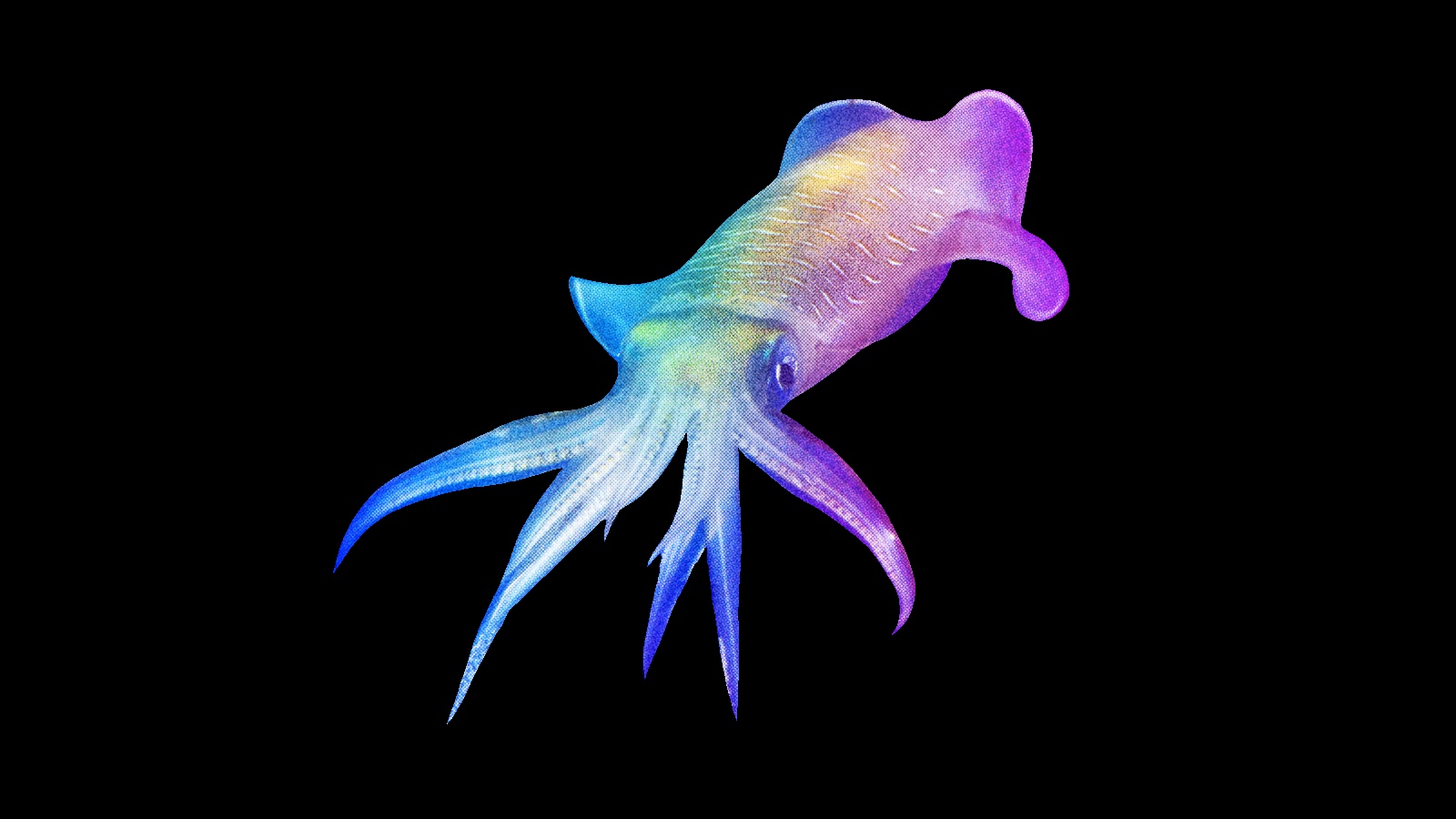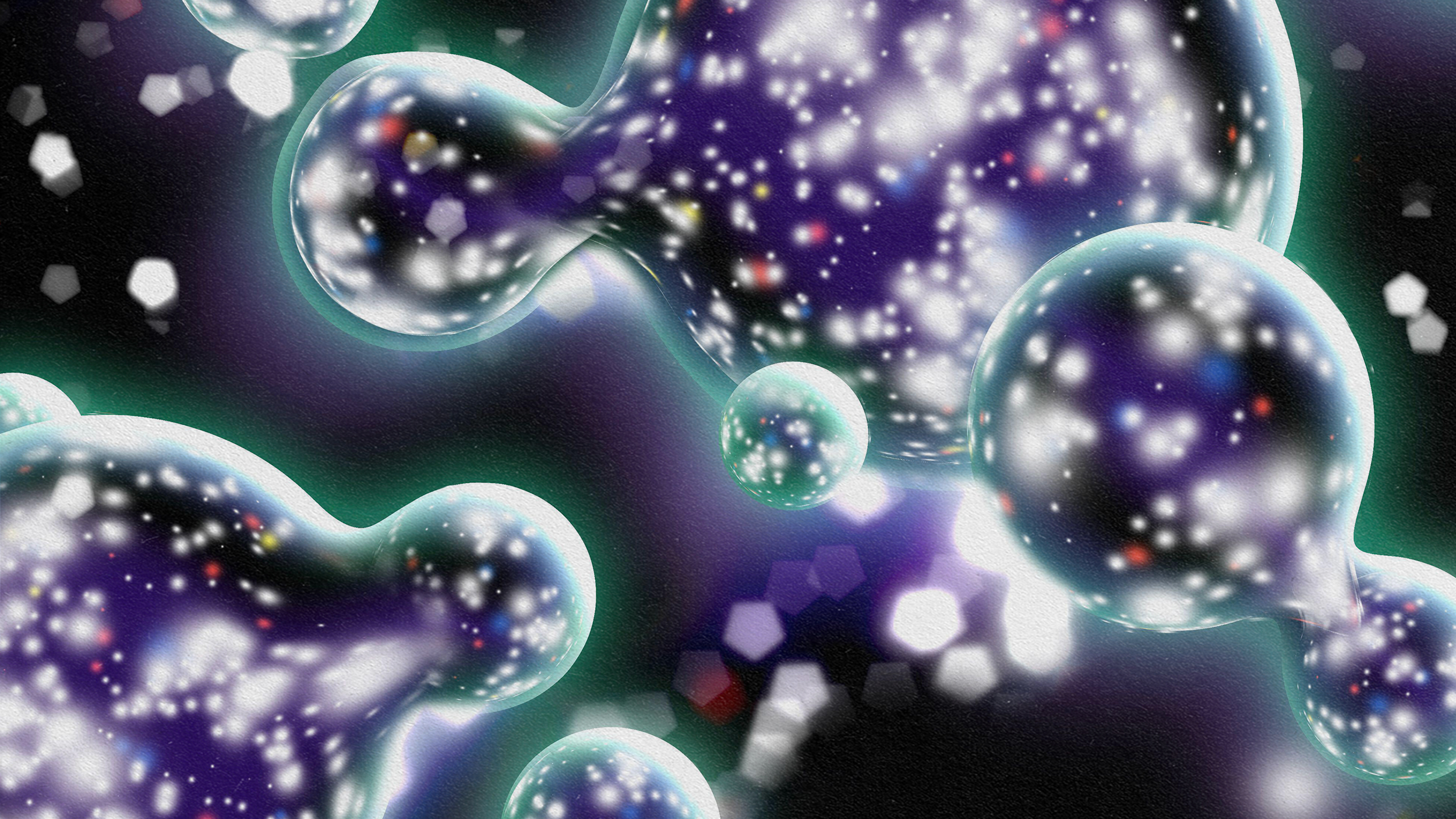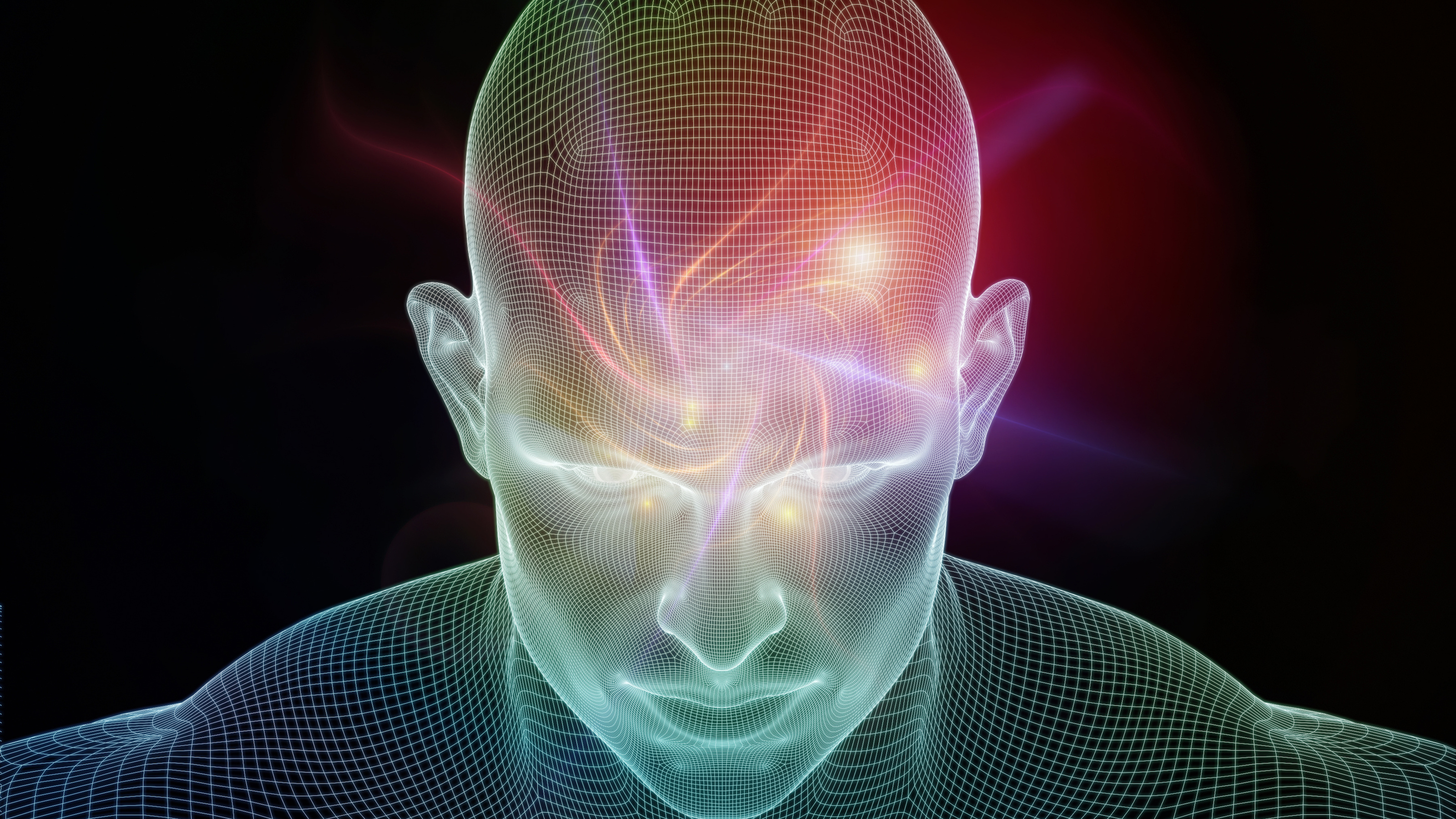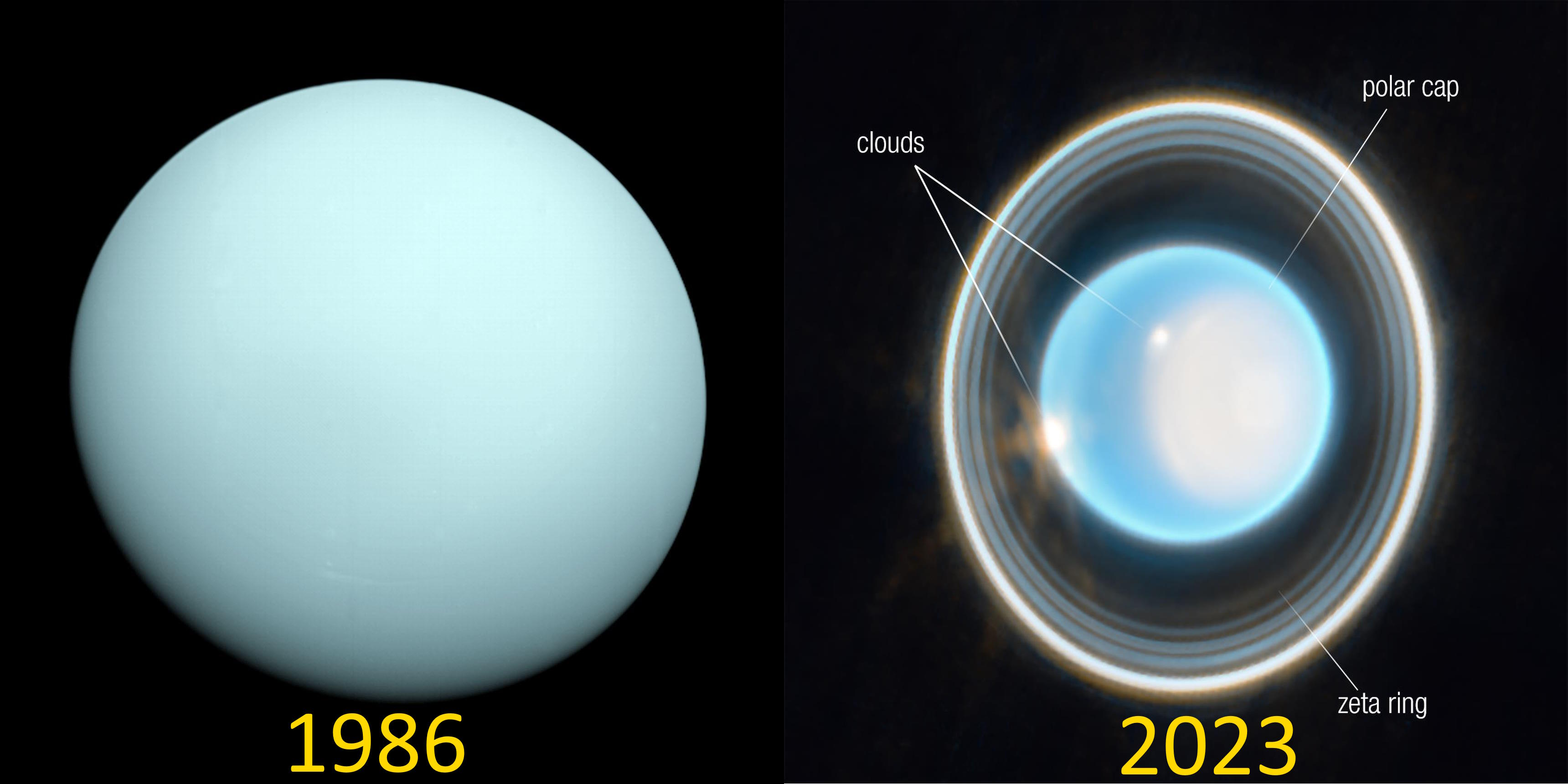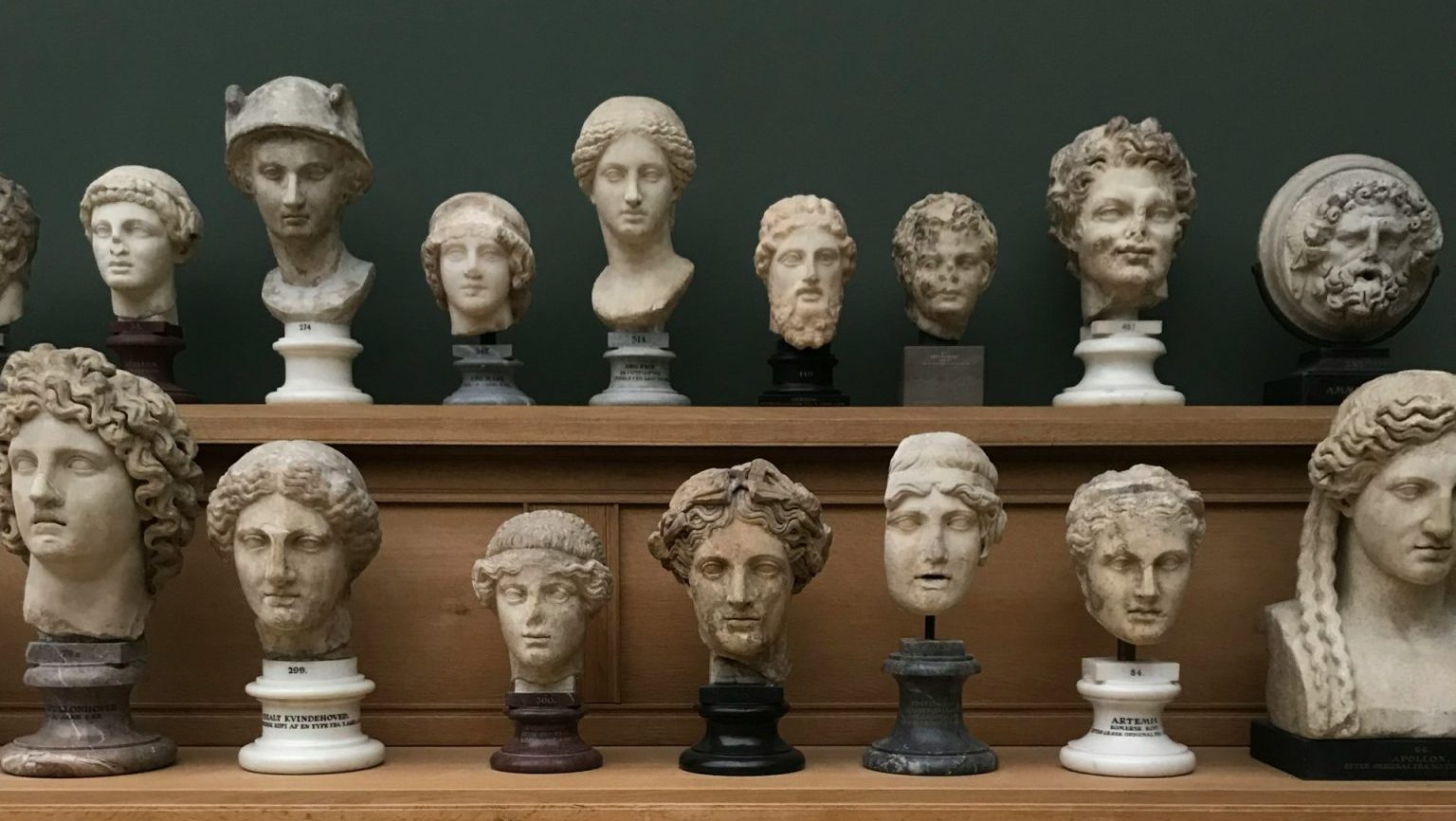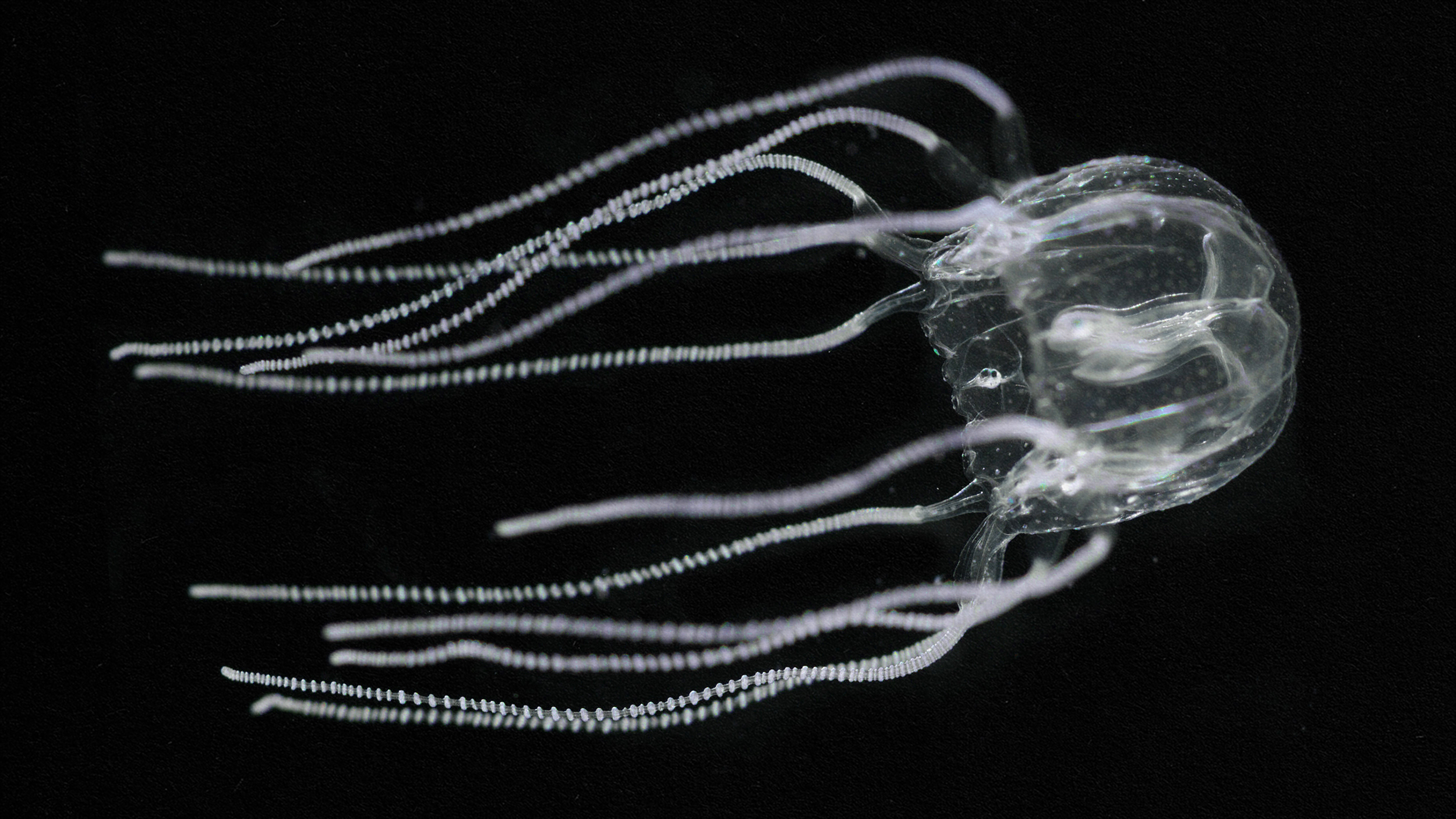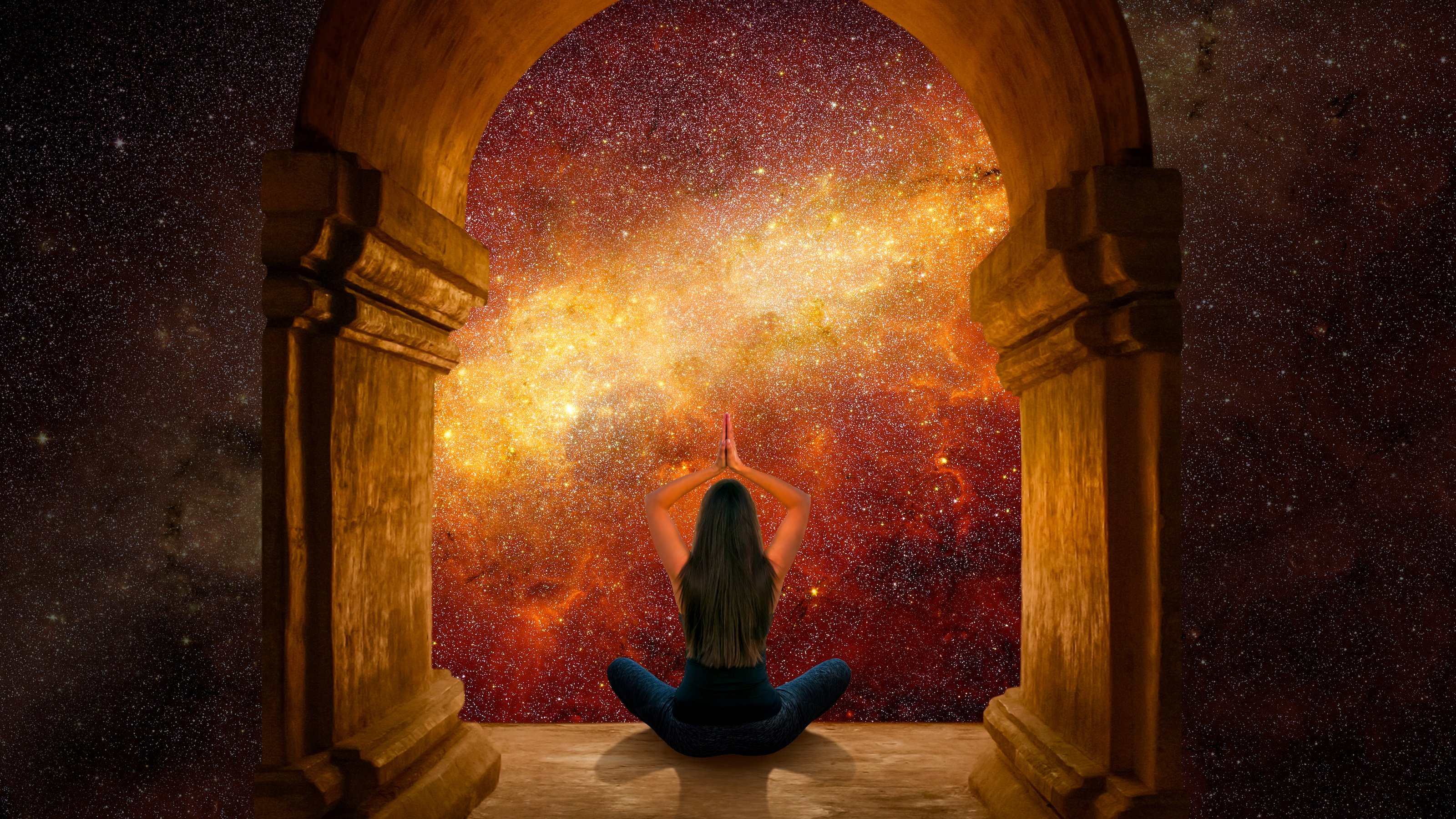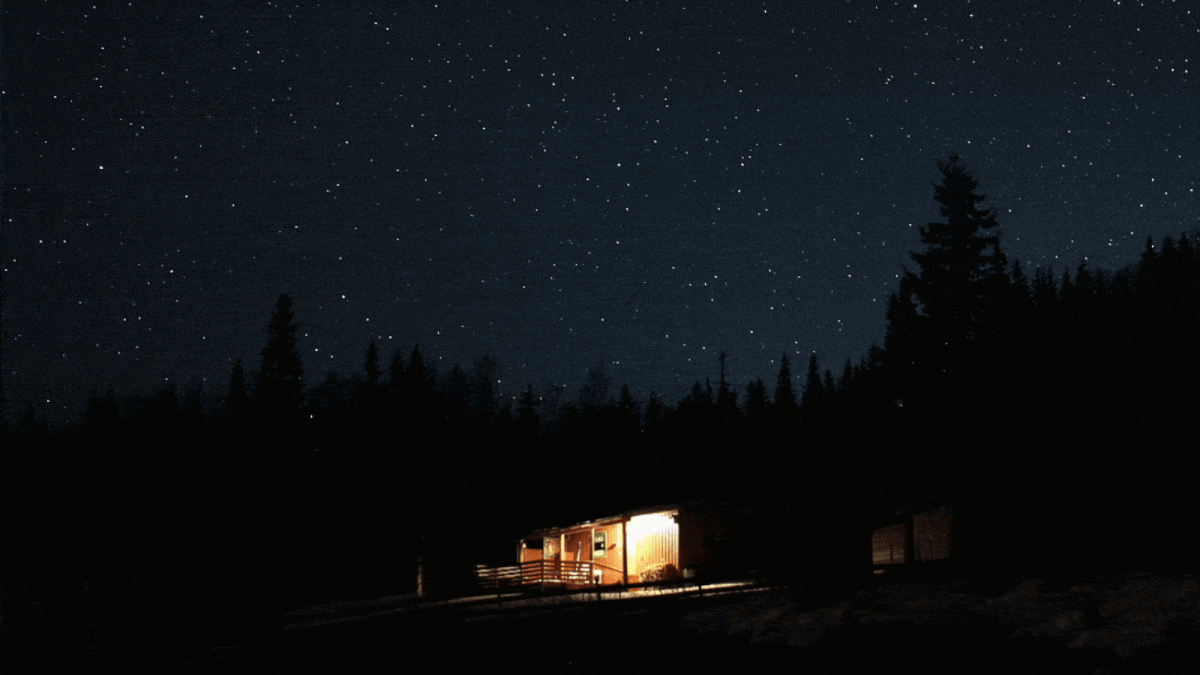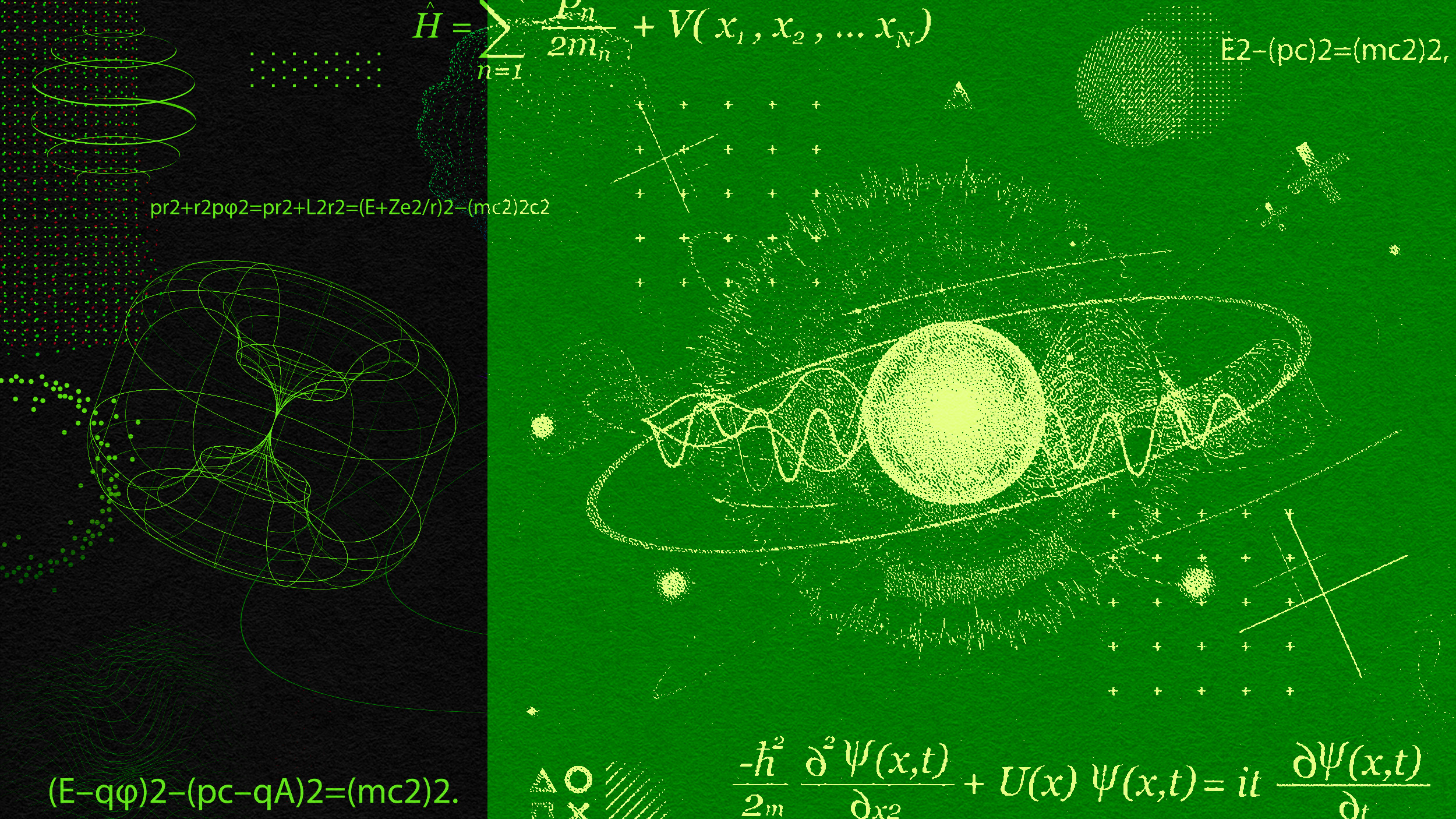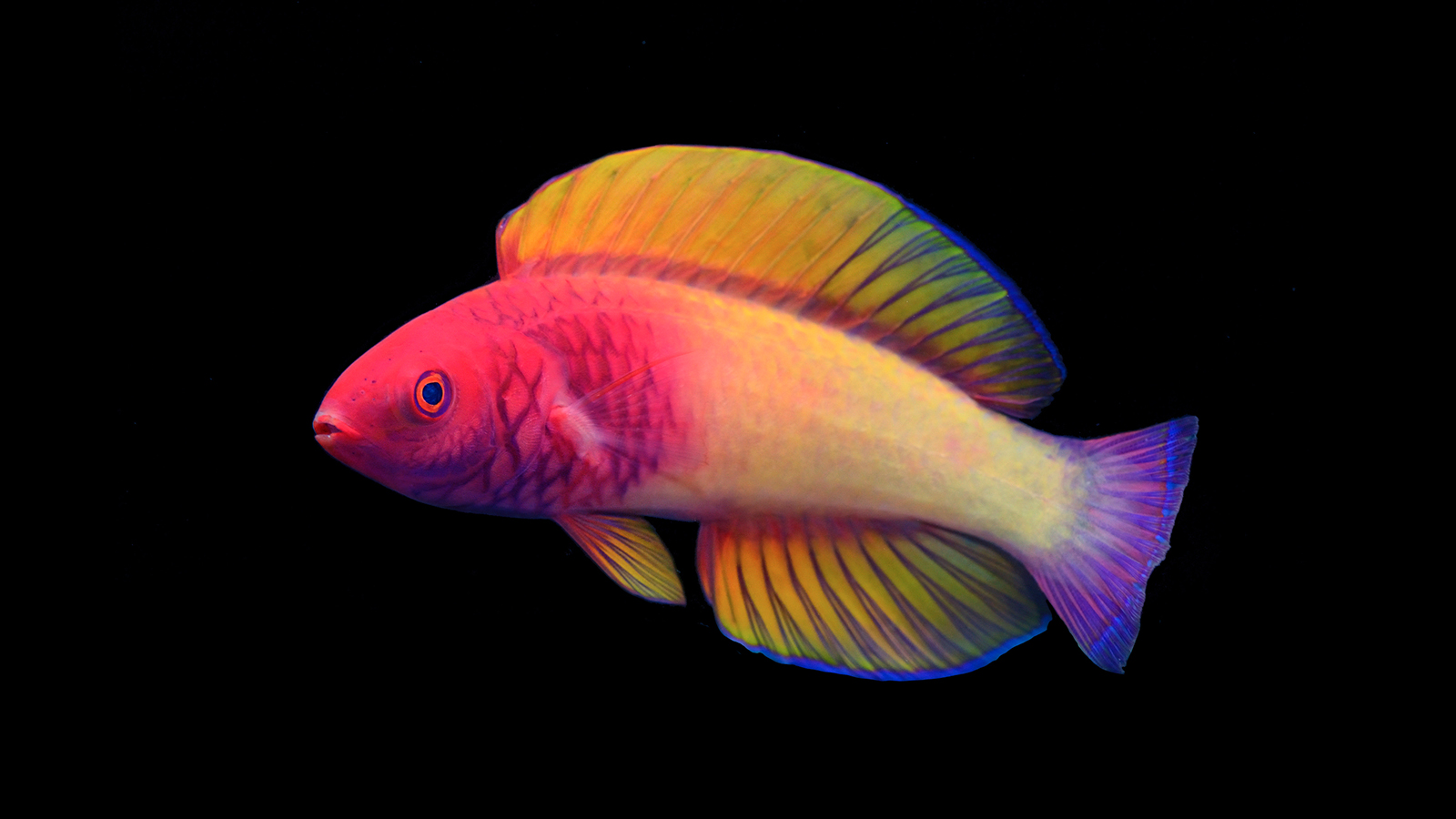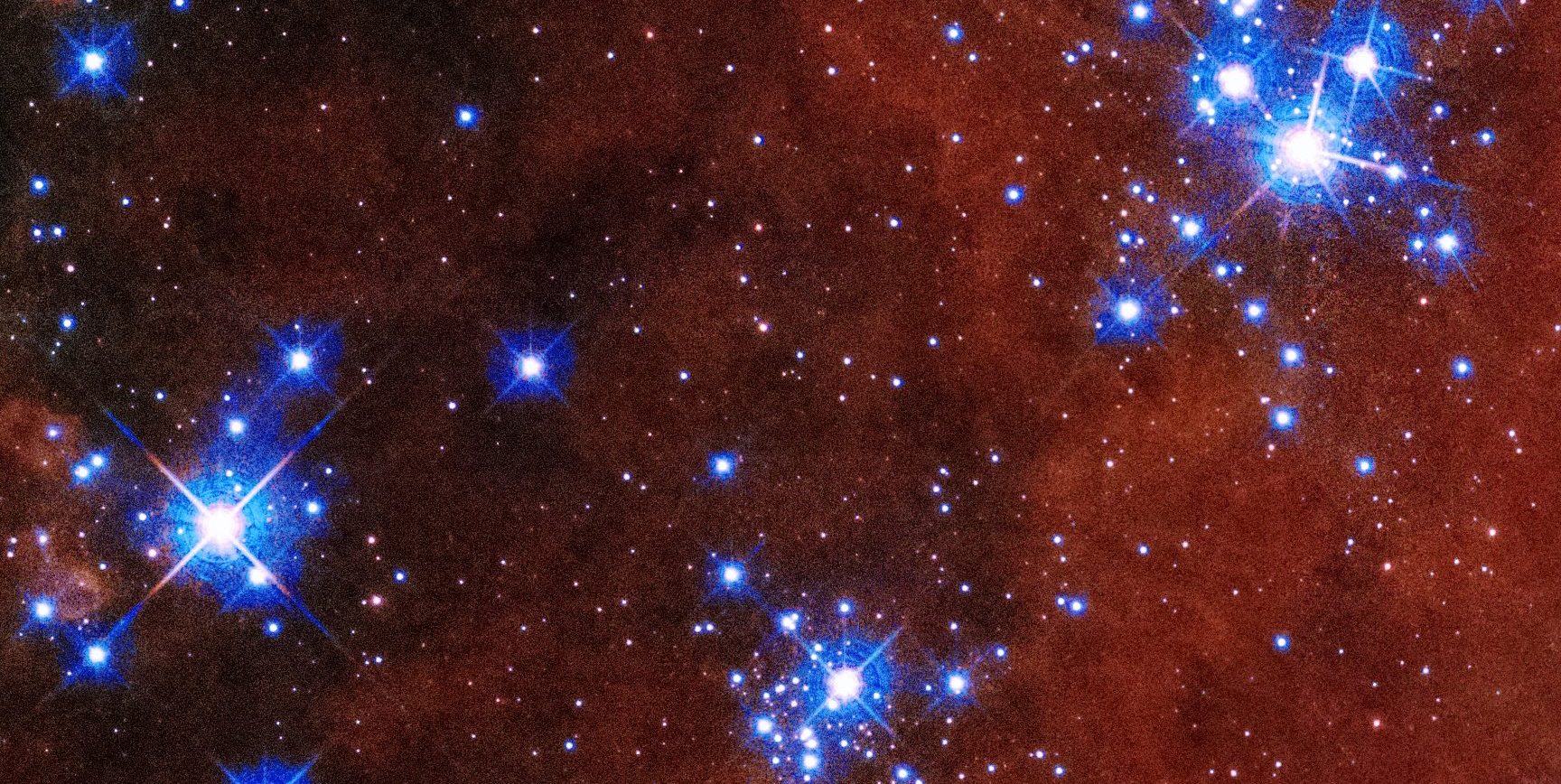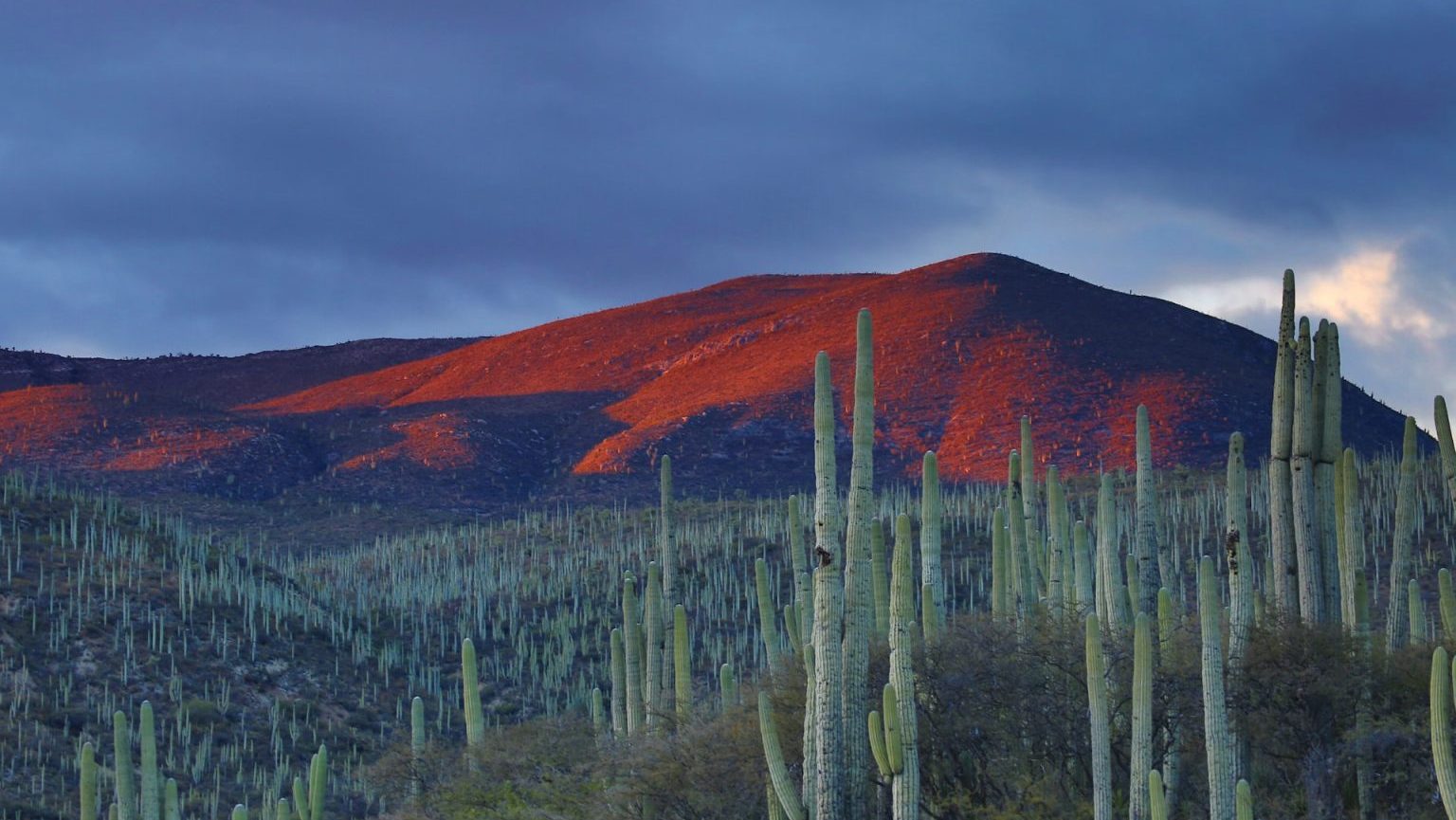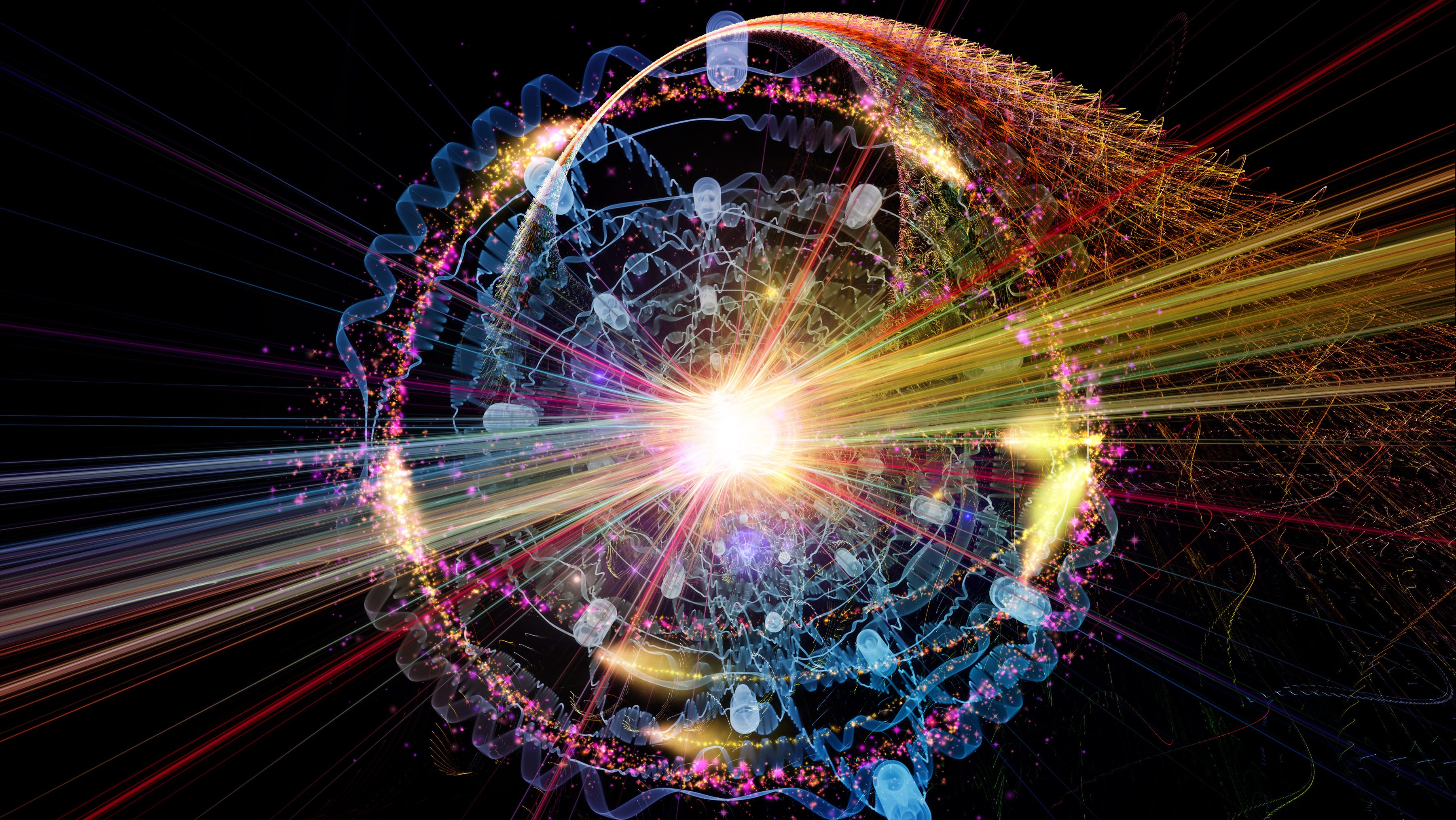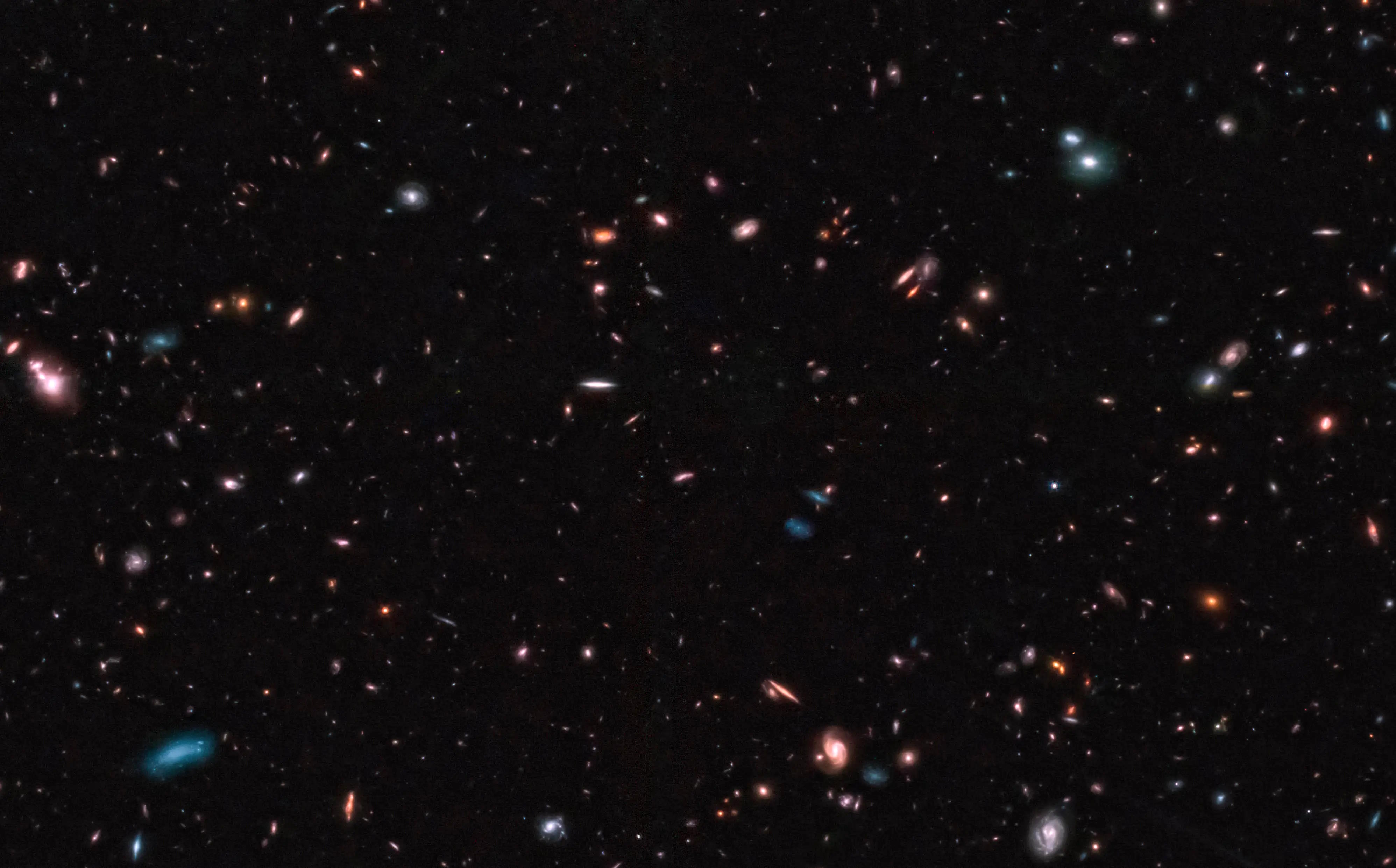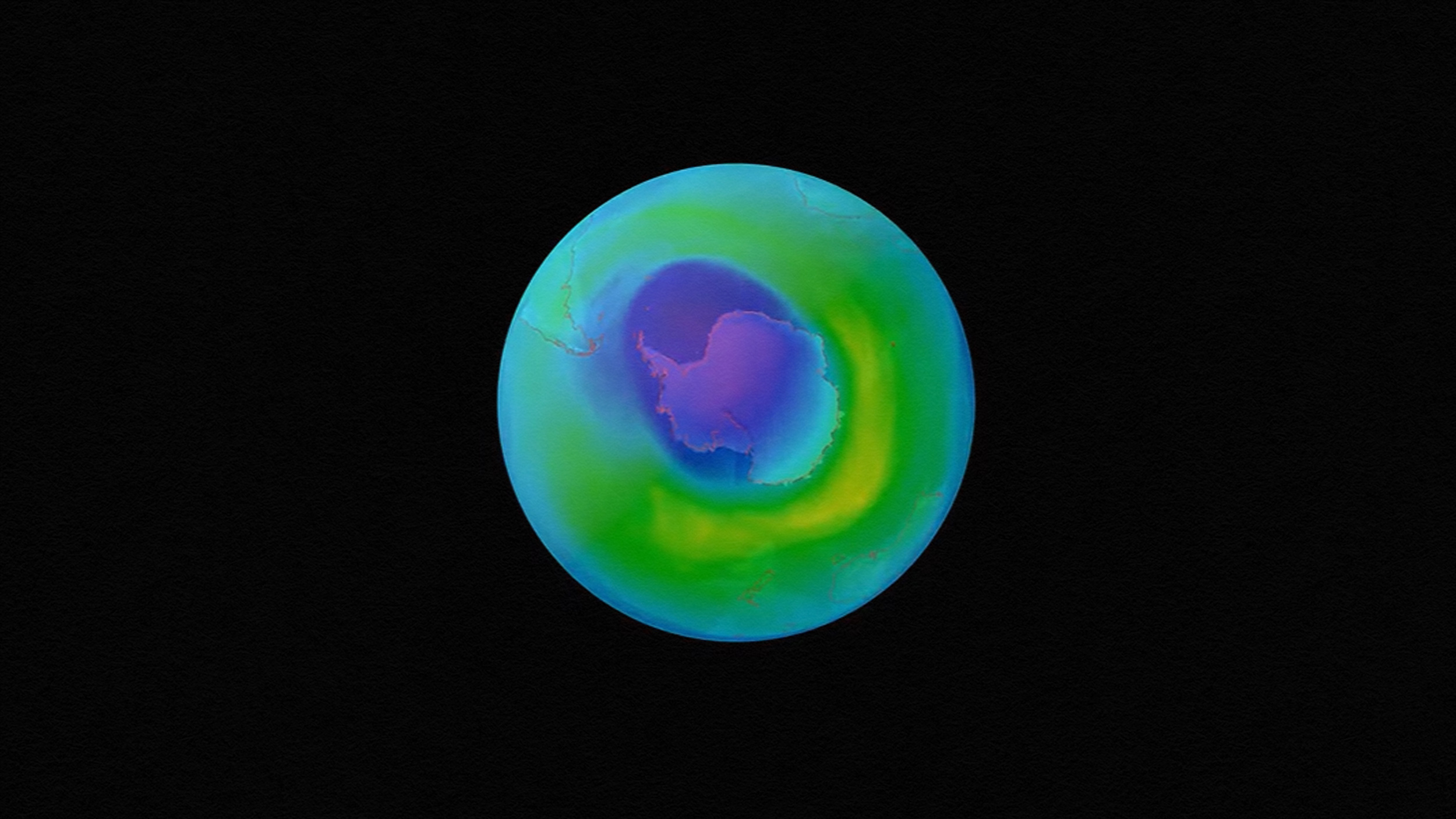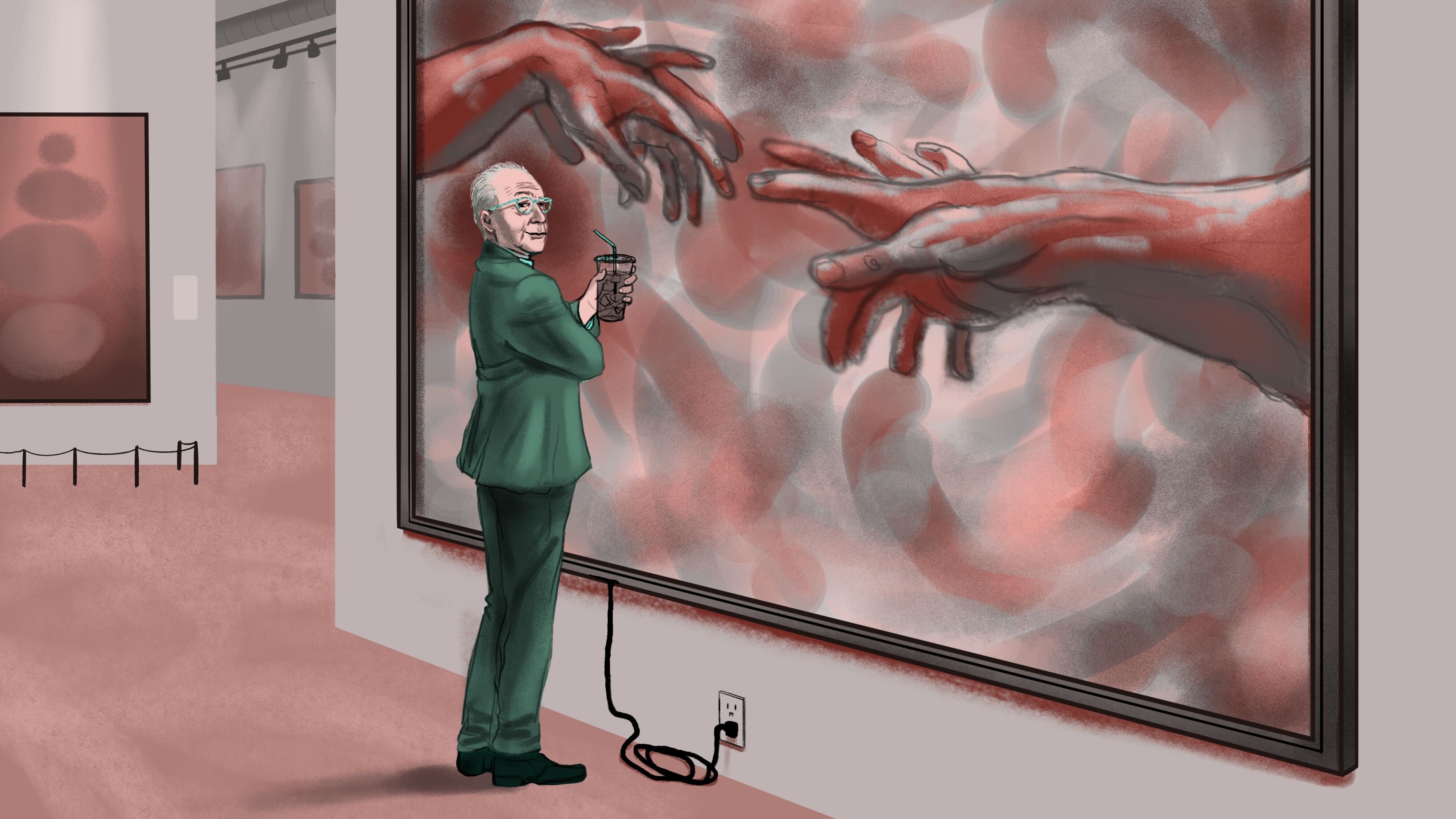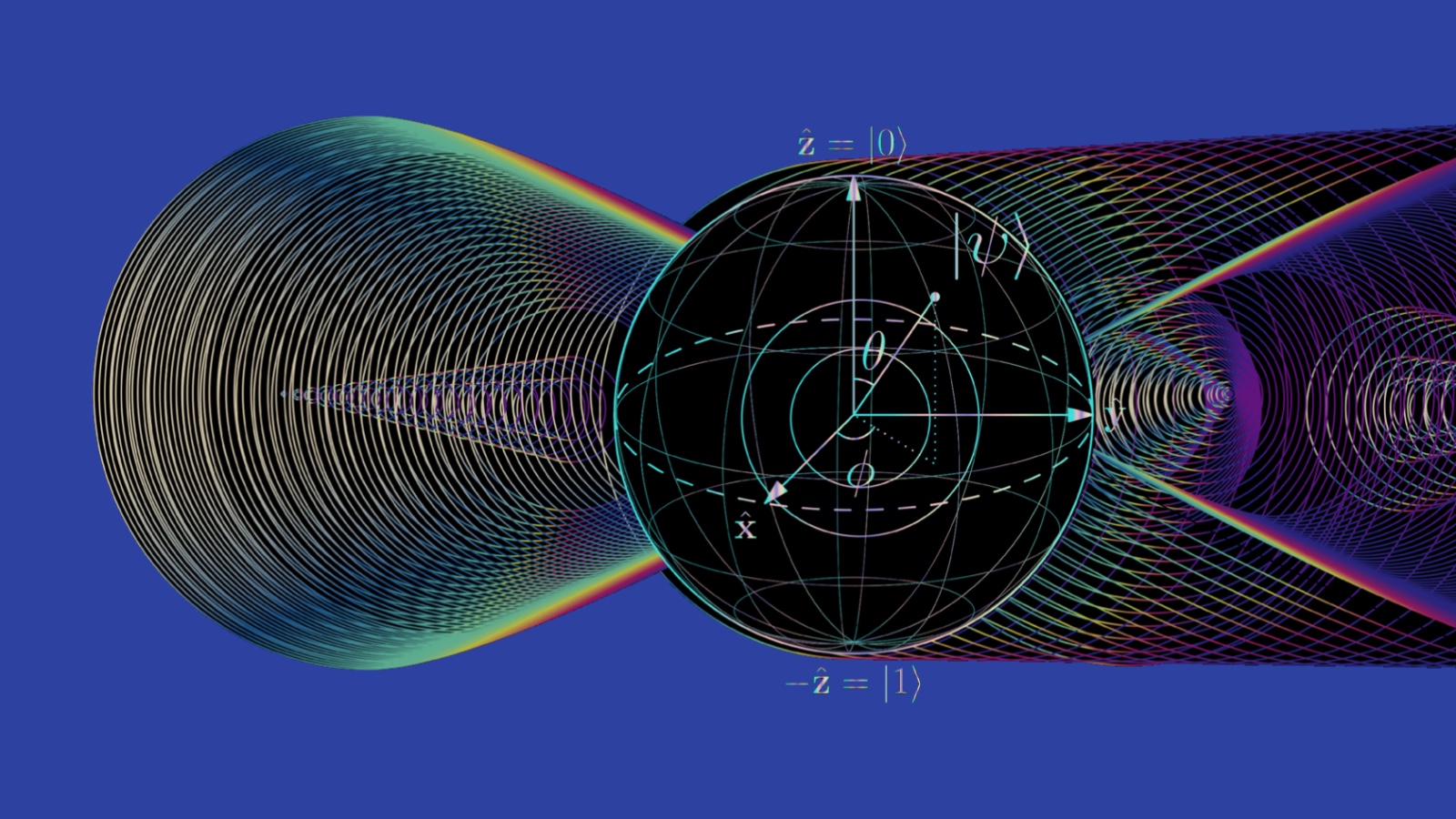Eyes with lower pigment (blue or grey eyes) don’t need to absorb as much light as brown or dark eyes before this information reaches the retinal cells. This might provide light-eyed people with some resilience to SAD.
Search Results
You searched for: color
The popular game has a backstory rife with segregation, inequality, intellectual theft, and outlandish political theories.
The surface and atmosphere is colored by ferric oxides. Beneath a very thin layer, mere millimeters deep in places, it’s not red anymore.
Rare and costly paints have shaped art history in unforeseen ways. Mummy brown caused one artist to bury his paint.
From “Thompson’s violinist” to the “Experience Machine,” these thought experiments will throw your mind for a loop.
Sun-like stars live for around 10 billion years, but our Universe is only 13.8 billion years old. So what’s the maximum lifetime for a star?
The world is aging, and with age comes vision decline. New research may have found how to improve eyesight in an accessible way.
Like Dua Lipa, he had to create new rules.
Let’s hope that squid don’t evolve lungs and legs, or humanity might be in real trouble.
In logic, ‘reductio ad absurdum’ shows how flawed arguments fall apart. Our absurd Universe, however, often defies our intuitive reasoning.
At a fundamental level, only a few particles and forces govern all of reality. How do their combinations create human consciousness?
Voyager 2 flew past Uranus in 1986, finding a bland, featureless world. Now, in 2023, JWST’s sights are similar. There’s a reason for that.
An X-ray offers a glimpse into the painter’s early years.
An argument for emphasis on subjective experience.
Once at the pinnacle of Amsterdam’s art scene, Rembrandt van Rijn eventually found himself outcompeted by his own students.
Lab experiments showed Caribbean box jellyfish are quick studies of their environment.
What creates our private, inner universes is still a mystery.
Lots of people have seen lots of bizarre events and phenomena that defy our conventional experience. But is there a scientific explanation?
The evolution of quantum technology is far from over.
Local researchers identify a striking rainbow-colored fairy wrasse found off the coast of the Maldives as a fish species all its own.
The richness and variety of America’s food landscape, in a buffet of maps.
Most of us have heard that the Sun is an ordinary, typical, unremarkable star. But science shows we’re actually anything but average.
Practically all of the matter we see and interact with is made of atoms, which are mostly empty space. Then why is reality so… solid?
Despite many ultra-distant galaxy candidates found with JWST, we still haven’t seen anything from the Universe’s first 250 million years.
A scientist’s first-hand account shows the world can tackle a global environmental crisis.
Is it better to be the oldest sibling, the youngest, or in the middle?
“I believe that in the future, there will be a Francis Bacon of AI art,” Saltz tells Big Think. “We just haven’t seen that artist yet.”
Uncertainty is inherent to our Universe.
